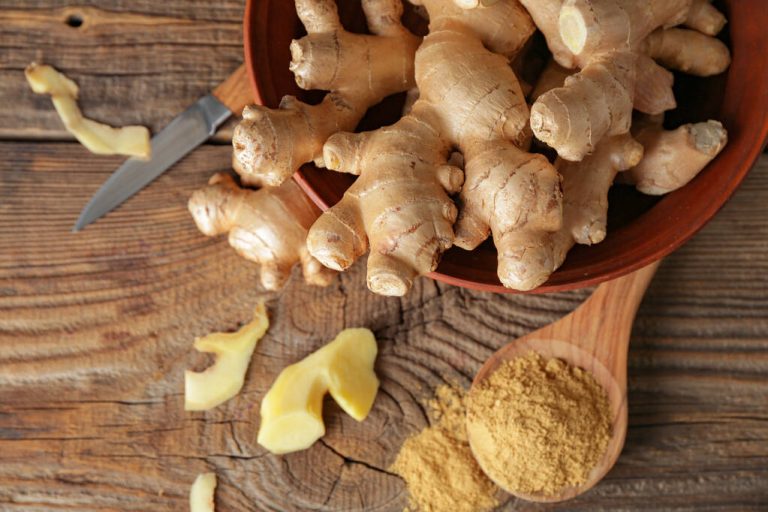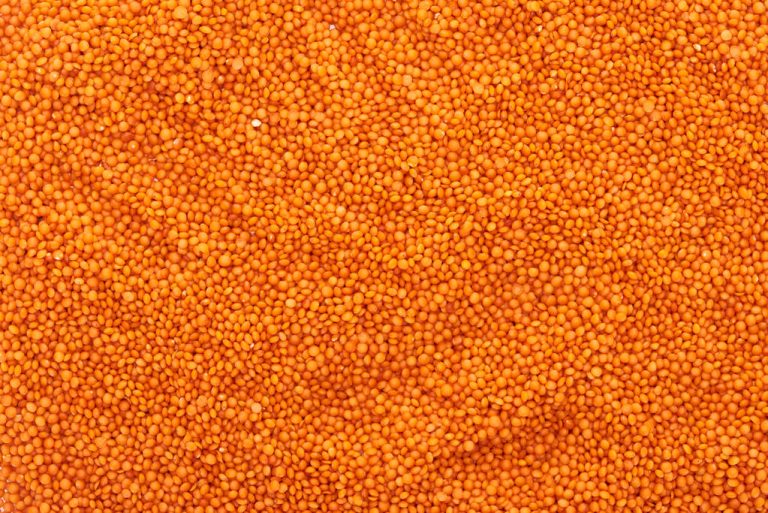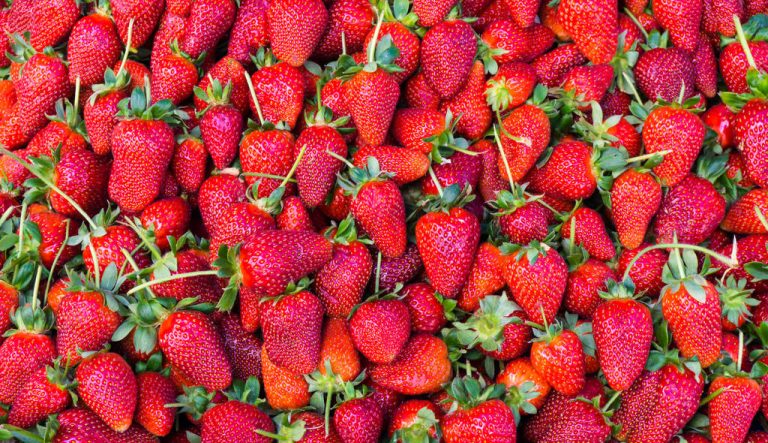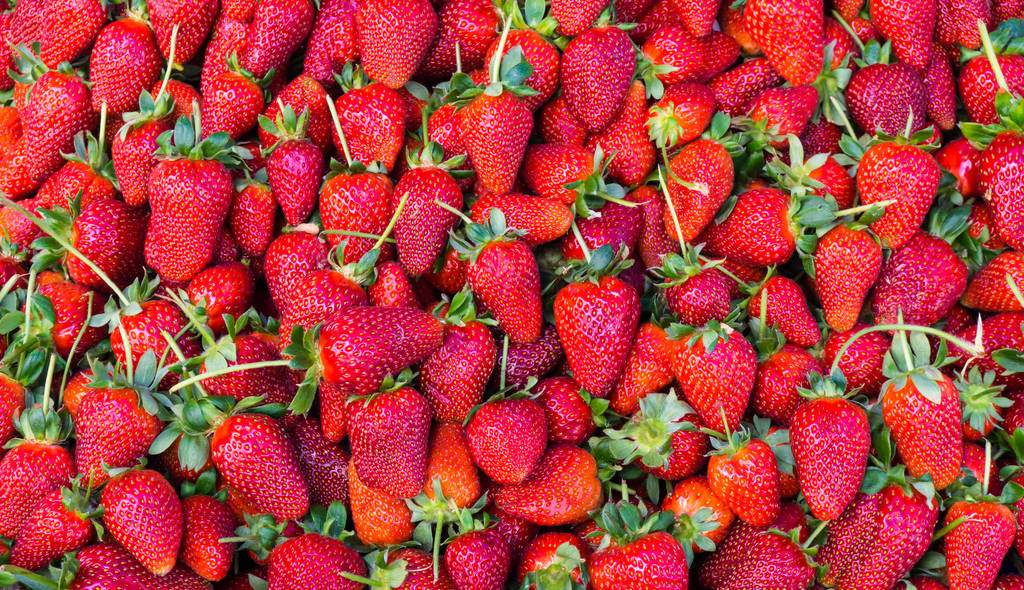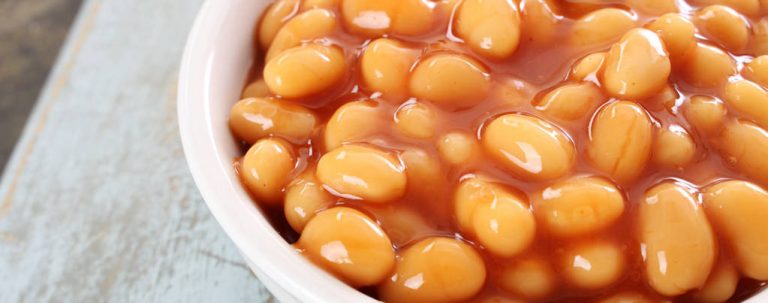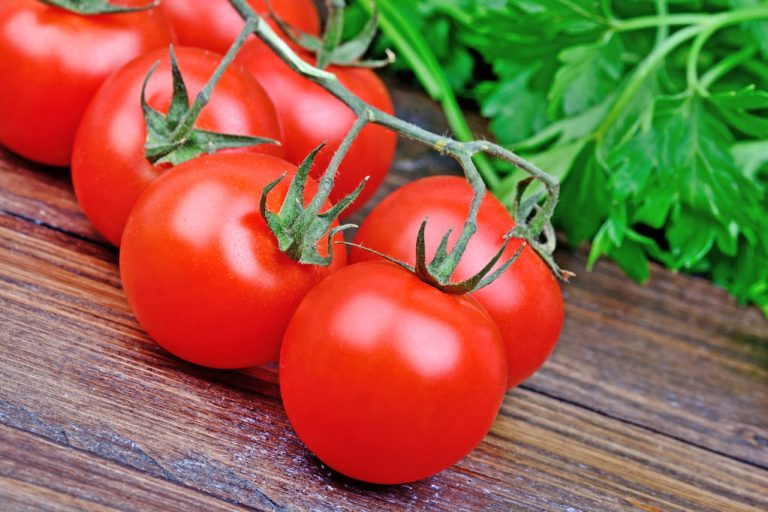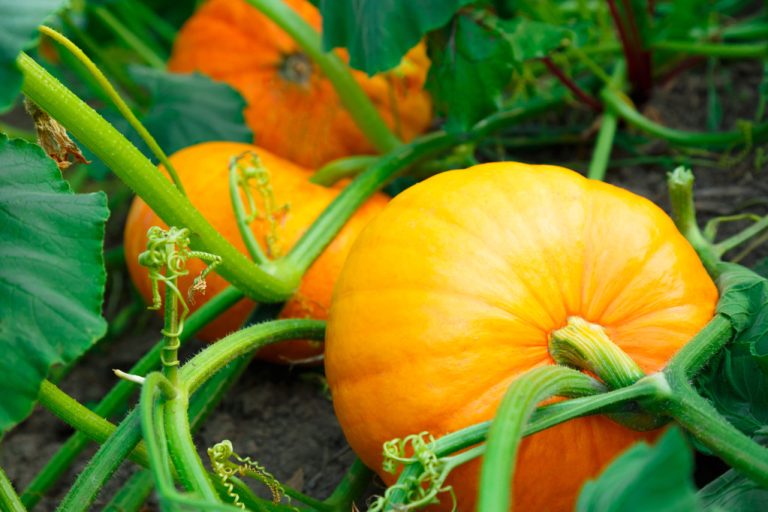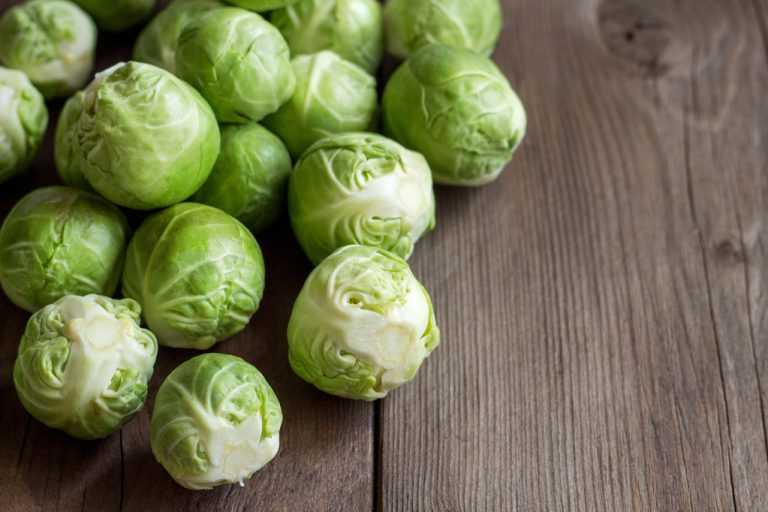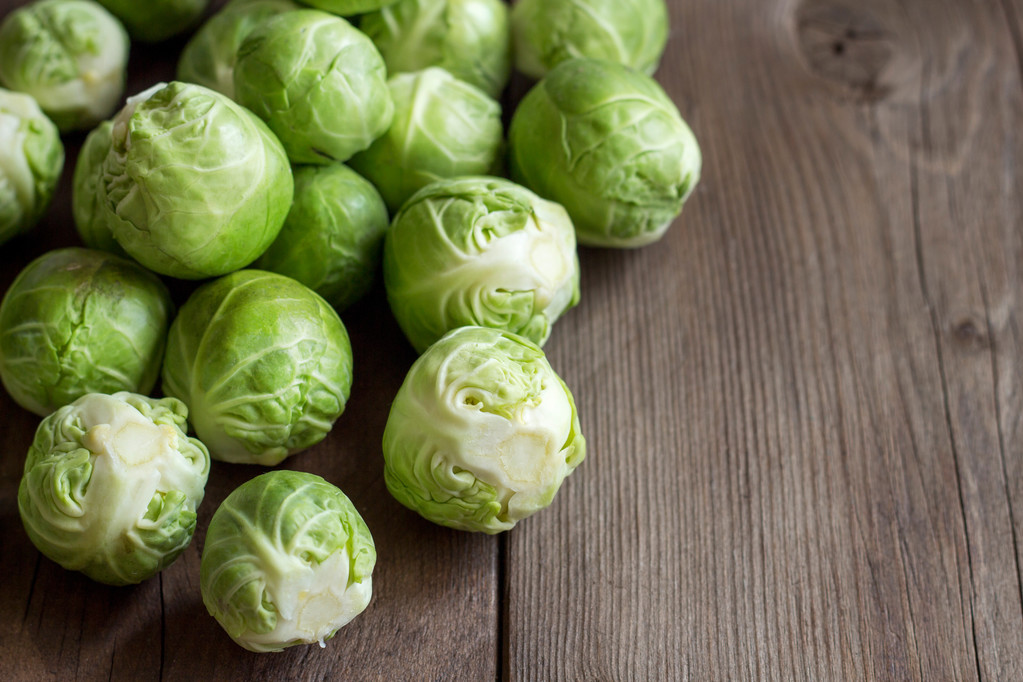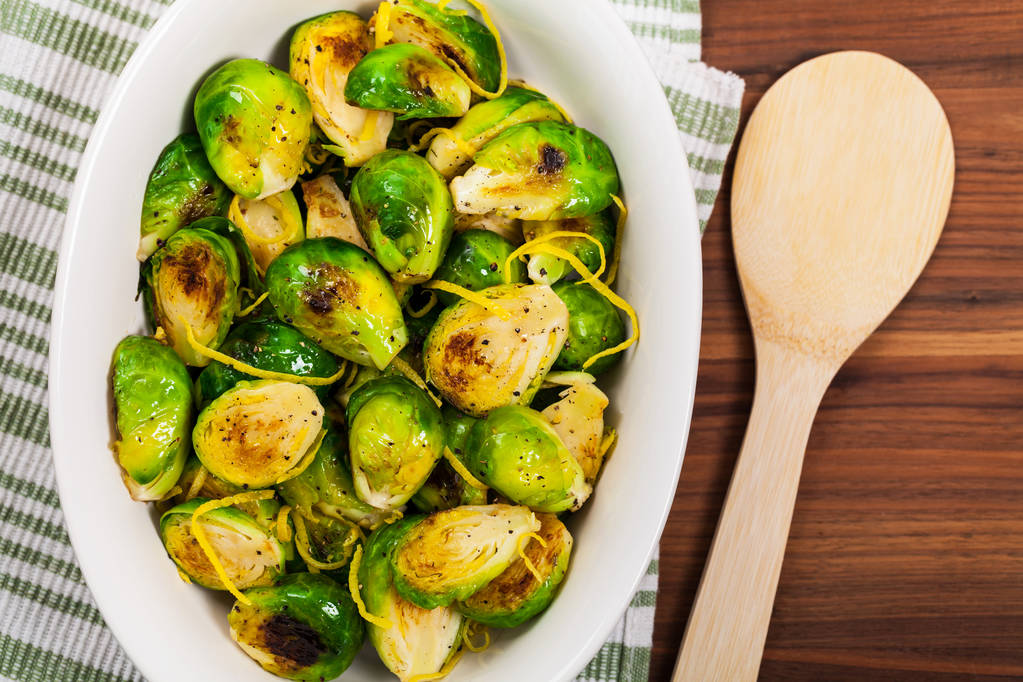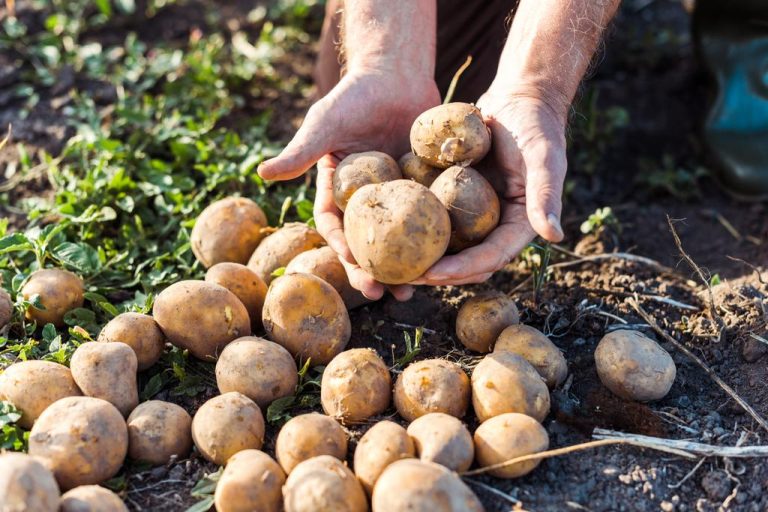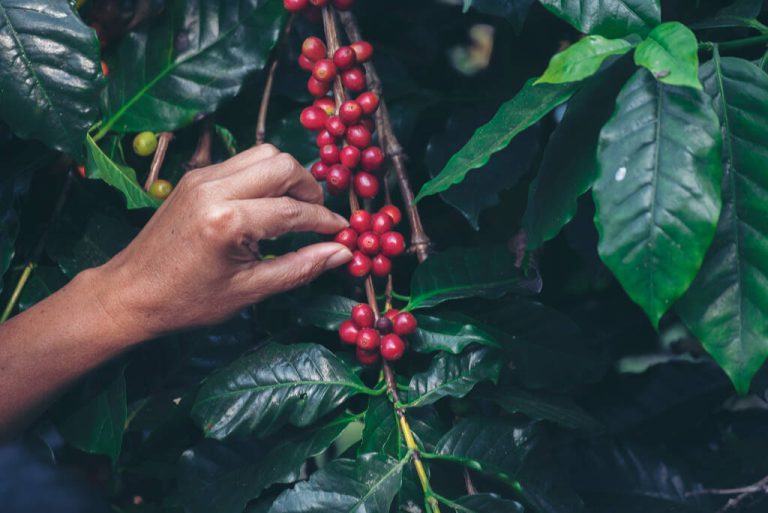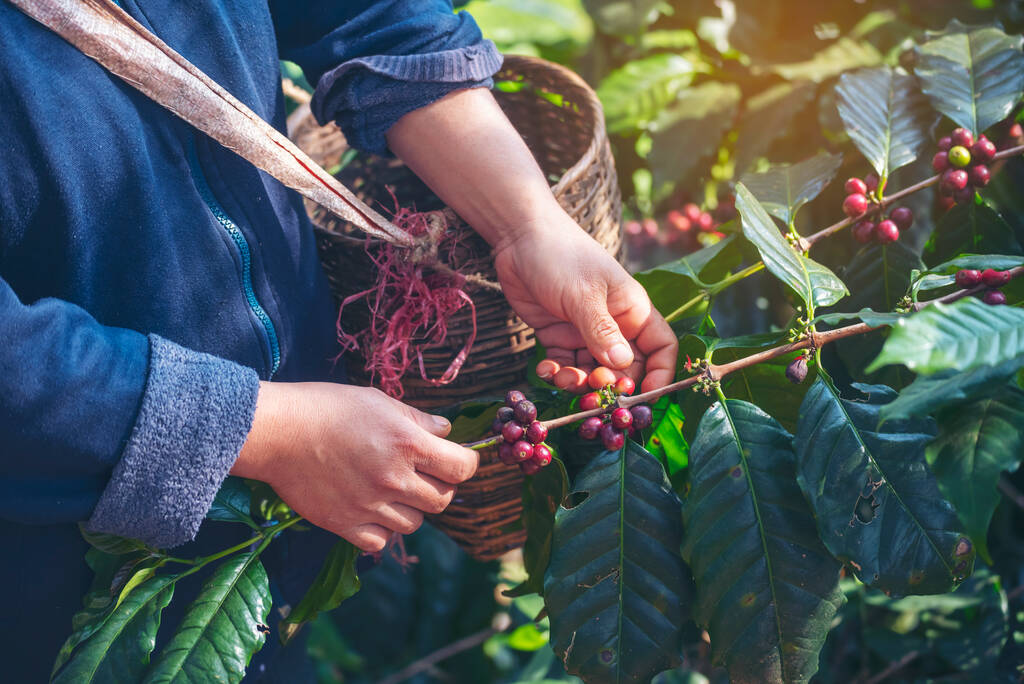As is so often the case, the idea came from the USA, but it is also very popular in this country: More and more pregnant women want to celebrate a baby shower! The upcoming arrival of the baby is celebrated with the female friends of the pregnant woman. We have collected the best baby shower ideas and baby shower planning tips.
When is the baby shower?
Such a party usually takes place before birth. Since many people struggle with morning sickness in the first few months of pregnancy, a later date is usually chosen. You should also not set the date too soon before the birth. Because if the baby comes earlier than expected or the pregnant woman has to go to the hospital earlier because of complications, the party will, unfortunately, be canceled. So the mother-to-be should be surprised in the last trimester of her pregnancy. As a rule, a baby shower 6 – 8 weeks before the birth makes sense.

How to plan a baby shower correctly?
A baby shower is all about celebrating the upcoming arrival of the baby. Then there is delicious food, such as cakes, finger food or salads. And together, games that often have to do with the baby can be celebrated. In addition, the pregnant woman enjoys gifts for the baby and everything is nicely decorated. So a nice evening among friends. To ensure that the organization of the baby shower is successful, we have collected creative ideas for you.
Where is the celebration?
Since the friends want to be among themselves, most celebrate at home. Either with the pregnant woman or with one of the guests. If you don’t have enough space, you can also rent a room or, if possible, celebrate in the garden.
Planning food for the baby shower
First, you should invite the guests and set a suitable date with them. Then it’s time to plan the baby shower. Providing food is important as it is a big part of the party. There is usually a great cake, maybe even with the name of the child. Donuts, muffins, or other sweets can also be provided. You can also provide various salads, such as pasta salad, potato salad, and dips with finger food. It is best if everyone brings something with them, it makes the work easier. However, also note a healthy diet for pregnant women. But back to the cake. You can order great cakes online, but they’re not always cheap. Therefore, many make a cake themselves.
Baby shower party games
So that there is no boredom in between, there are great games for the baby shower. Of course, you can use existing games and play Tabu or UNO, which were used at other planned parties. But here are also wonderful games related to the baby. You can also find great sets and templates on the internet here. Then you can buy them or print them out. For example, here is a city, country, baby. It works almost like a city, country, or river, but here are the categories: baby clothes, baby food, baby toys, etc. There are also playing cards where the players guess the baby’s name or assign the baby’s characteristics to the respective parent. In addition, you can play the following games for the planned baby shower:
- Guess waist size
- Assign baby photos
- advise baby porridge
- paint onesie
- Fill out the friend book
- predict due date
Ideas for a beautiful decoration
Furthermore, decoration is a must for many. Here you can let your creativity run free and decorate the apartment as you wish. But now there are already ready-made sets for baby shower decoration on the Internet. This usually includes garlands, balloons, and streamers. You can also order matching plates and mugs. This makes planning a baby shower super easy. And the good thing is that this decoration is available in many different colors and designs.
What gifts for a baby shower?

As a rule, the guests of the pregnant women bring gifts that they can use for the newborn baby after the birth. They can be very different gifts. Some give diapers, burp cloths, baby clothes, or pacifiers as gifts. Others give baby toys, blankets, or vouchers. The best thing to do is to find out inconspicuously beforehand what the parents-to-be still need for their baby’s initial equipment.
What speaks for a baby shower after the birth?
Of course, there are also some reasons that speak for a baby shower after the birth. Parents often opt for this variant in order to offer guests the opportunity to get to know their newcomers right away. In addition, it is often easier for guests to choose a gift for the baby if their size, gender, and name are known. Also, note useful tips on pregnancy and how you can give the gift of joy with beautiful birth cards.

